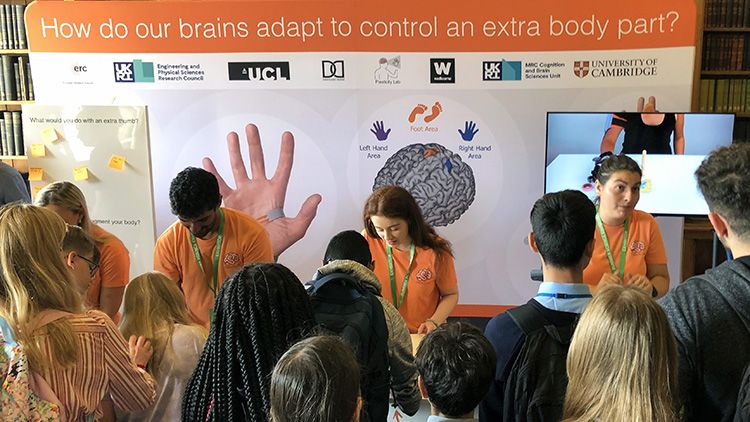Motor Augmentation Technology Enhances Human Abilities

University Of Cambridge Research Proves
Cutting-edge developments in motor augmentation technology are reshaping the boundaries of human potential, ushering in a future where motorised wearable devices like exoskeletons and robotic appendages push past biological limitations.
These advancements promise to enhance the productivity and quality of life for healthy individuals seeking to augment their capabilities and offer novel pathways for people with disabilities to interact with their surroundings.
Regarding technology’s transformative potential, Professor Tamar Makin from the University of Cambridge’s Medical Research Council (MRC) cognition and brain sciences unit highlighted the evolving relationship between humans and machines.
“Technology is fundamentally altering our conception of humanity, with machines increasingly integrating into our daily existence, even becoming extensions of our minds and bodies,” stated Professor Makin.
Acknowledging the societal implications of such technologies, Professor Makin stressed the importance of inclusivity in their development.
“To ensure equitable access and benefits from these exciting advancements, it is imperative to prioritise inclusivity from the outset of research and development,” she emphasised.
Third Thumb
One remarkable innovation in this field is the third thumb, devised by collaborator Dani Clode within Professor Makin’s lab. This extra robotic digit, worn opposite the biological thumb, enhances users’ range of motion, grip strength, and hand dexterity, opening avenues for tasks previously challenging or impossible with only one hand.

Controlled by pressure sensors placed under the wearer’s big toes or feet, the third thumb responds to nuanced foot movements, replicating natural thumb actions. The degree of movement corresponds to the applied pressure, affording users precise control over the device.
During the annual Royal Society Summer Science Exhibition in 2022, the third thumb underwent extensive testing, involving 596 participants across diverse age groups and backgrounds. Results, published in Science Robotics, showcased the device’s remarkable usability and adaptability.
Participants, ranging from ages three to 96, swiftly acclimated to the third thumb, with 98% completing assigned tasks within the initial minute of use. Performance remained consistent across genders and handedness, debunking conventional notions of manual dexterity.
Motor Skills
While older adults exhibited comparable proficiency with the technology, a slight decline in performance was noted with advancing age, which was attributable to age-related sensorimotor and cognitive changes. Conversely, younger children demonstrated lower proficiency, indicating potential developmental factors influencing motor skills.
Commenting on the transformative potential of augmentation technology, Dani Clode highlighted the need for inclusive design principles.
“Augmentation signifies a paradigm shift in our relationship with technology, evolving from mere tools to extensions of the human body,” underscoring the importance of accessibility and user-friendliness in design.
Co-author Lucy Dowdall emphasised the necessity of successfully accommodating diverse user demographics and lifestyles to integrate augmentation technology.
“Seamless integration with users’ motor and cognitive abilities requires consideration of various factors, including age, gender, disabilities, and cultural backgrounds,” Dowdall said.
However, amidst the promising advancements in augmentation, the importance of inclusive design cannot be overstated. Past instances of technological failure due to inadequate inclusivity are stark reminders of the imperative to prioritise accessibility and diversity in technological innovation.
From biased automated systems to inadequately tested industrial tools, the consequences of overlooking inclusivity reverberate across various domains, underscoring the critical need for equitable and inclusive technological development.
Featured image: The Third Thumb team at the Royal Society Summer Exhibition. Credit: University of Cambridge













